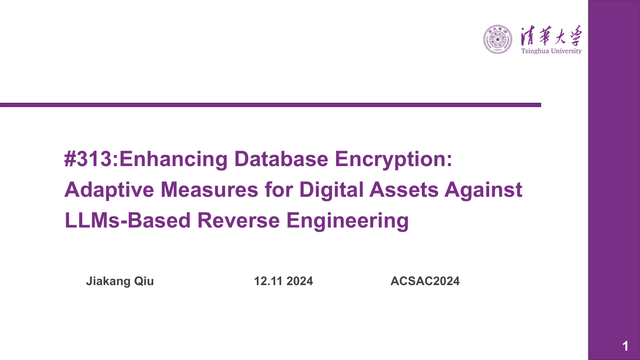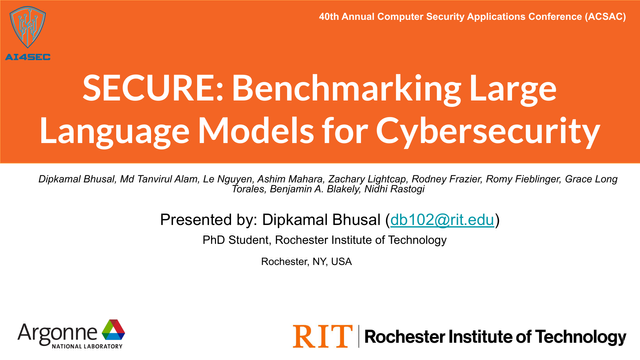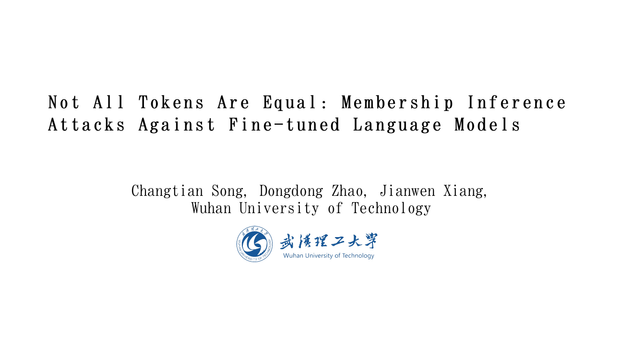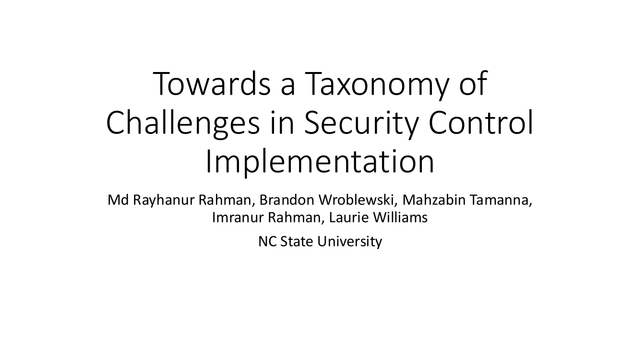For this #ThrowbackThursday, we will look at #ACSAC2024's Generative AI (for) Security session. The links in this thread will lead you to the paper pdfs and the slide decks, so be sure to check them out! 1/6
The session started with Zhou et al.'s "Enhancing Database Encryption," highlighting new adaptive measures against LLM-based reverse engineering. (https://www.acsac.org/2024/program/final/s313.html) 2/6
#GenerativeAI #LLM #Cybersecurity #DatabaseSecurity





